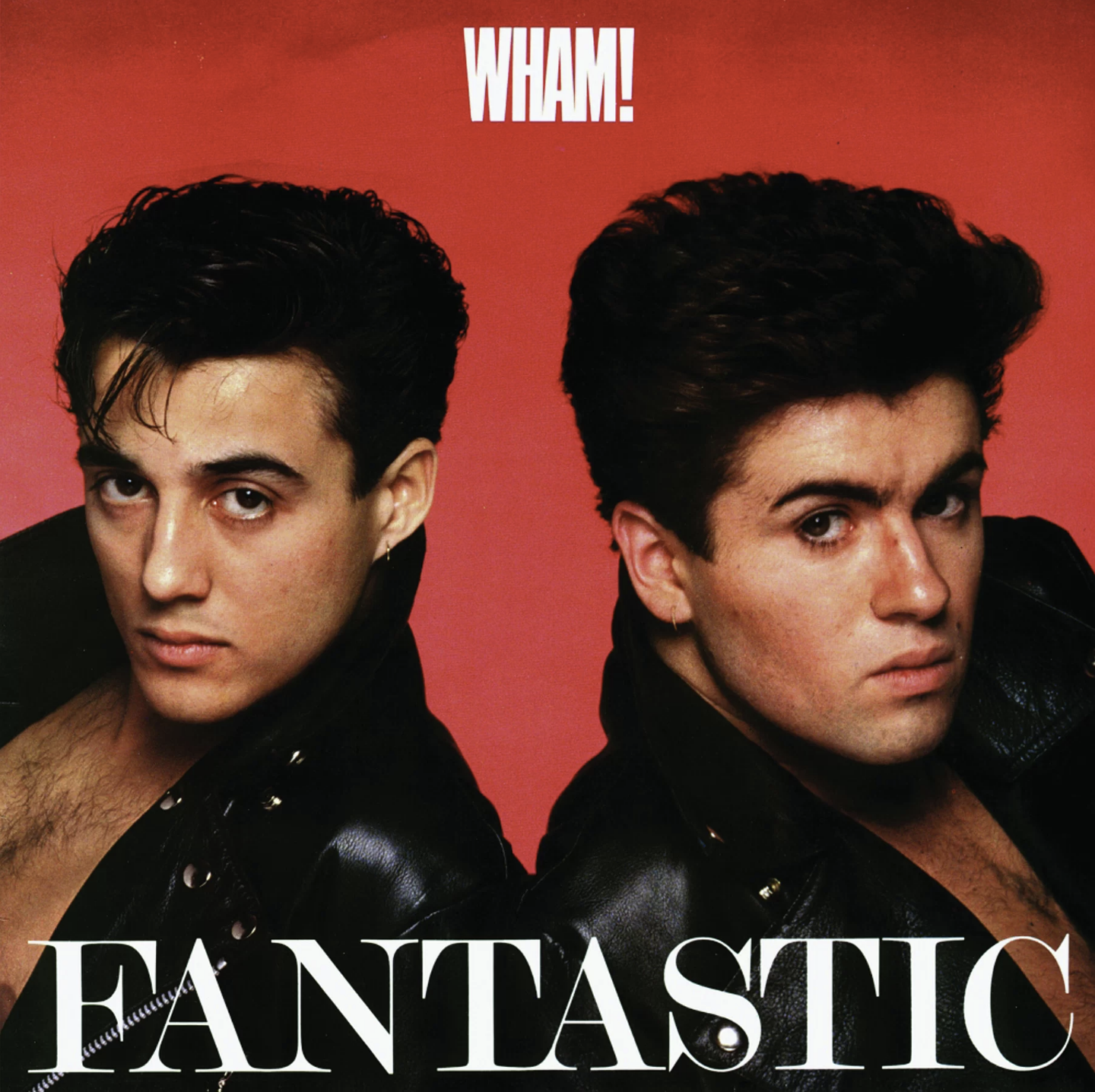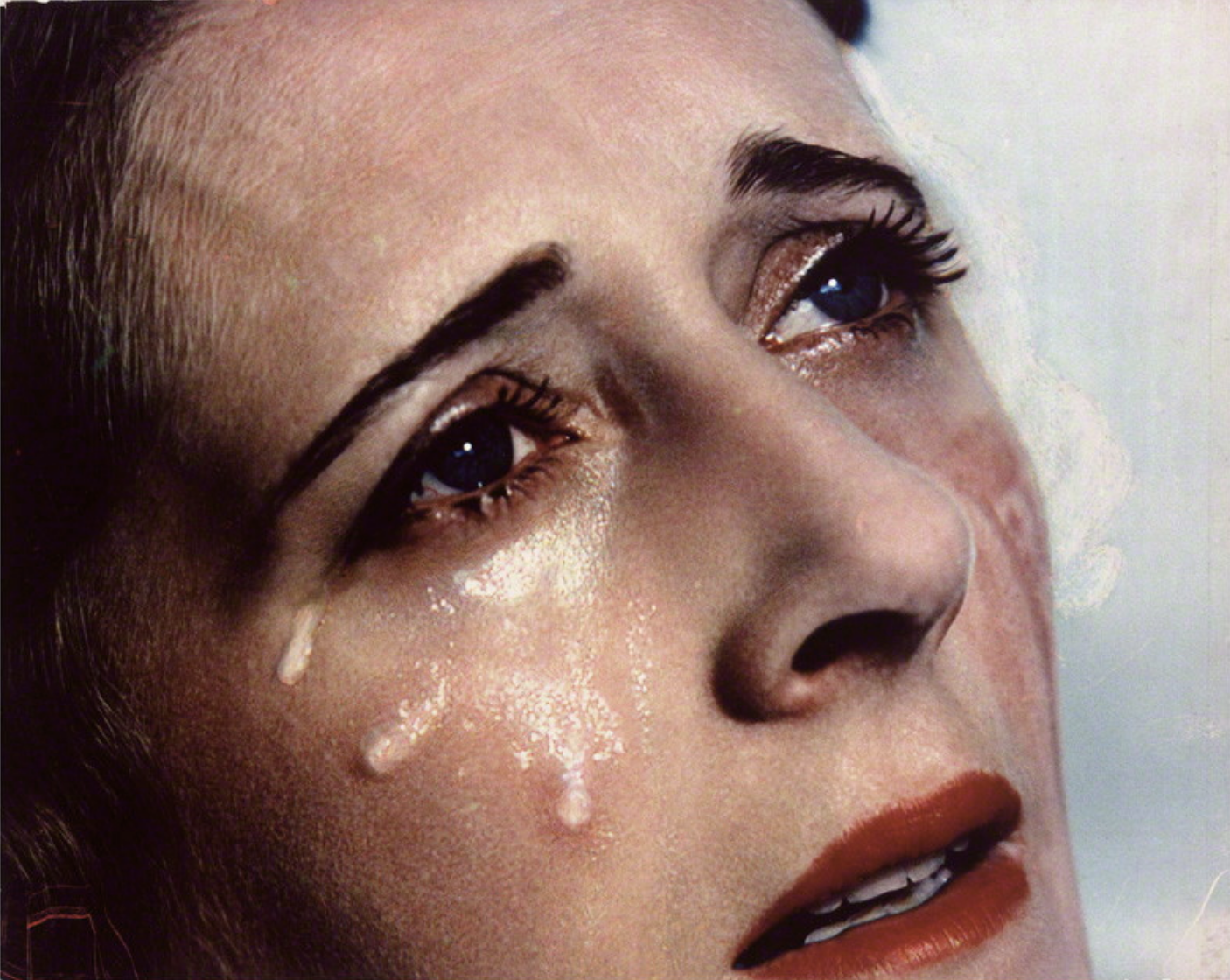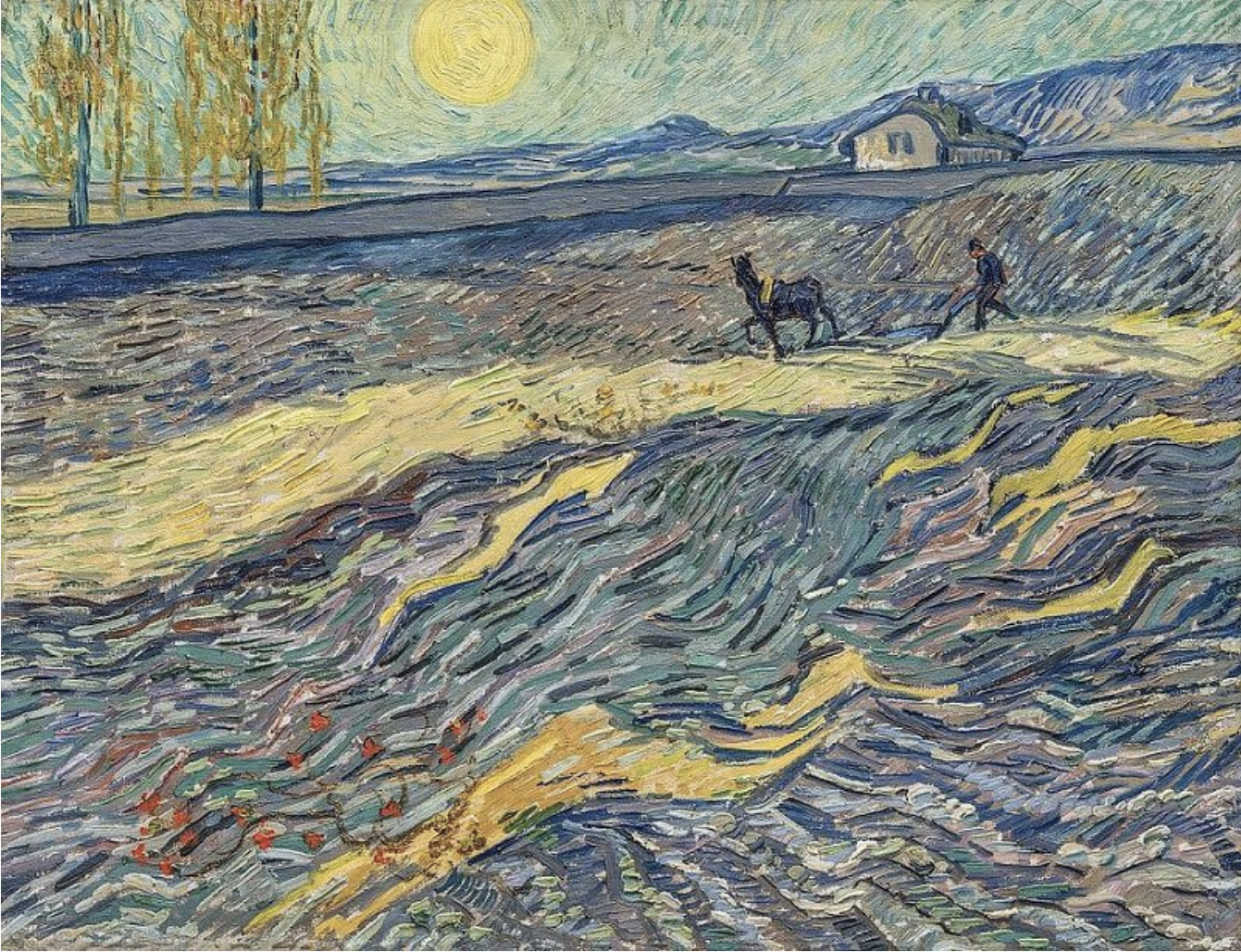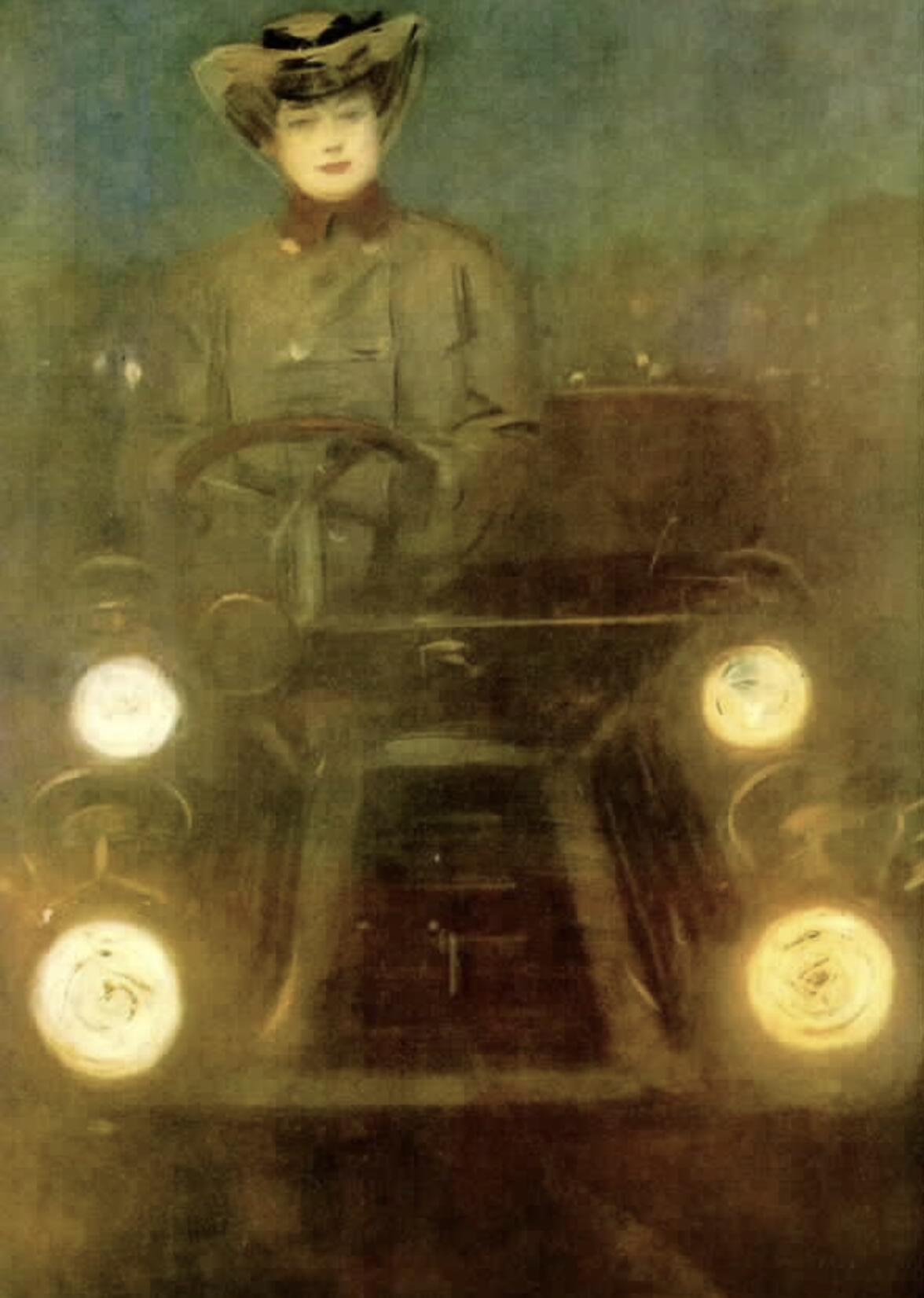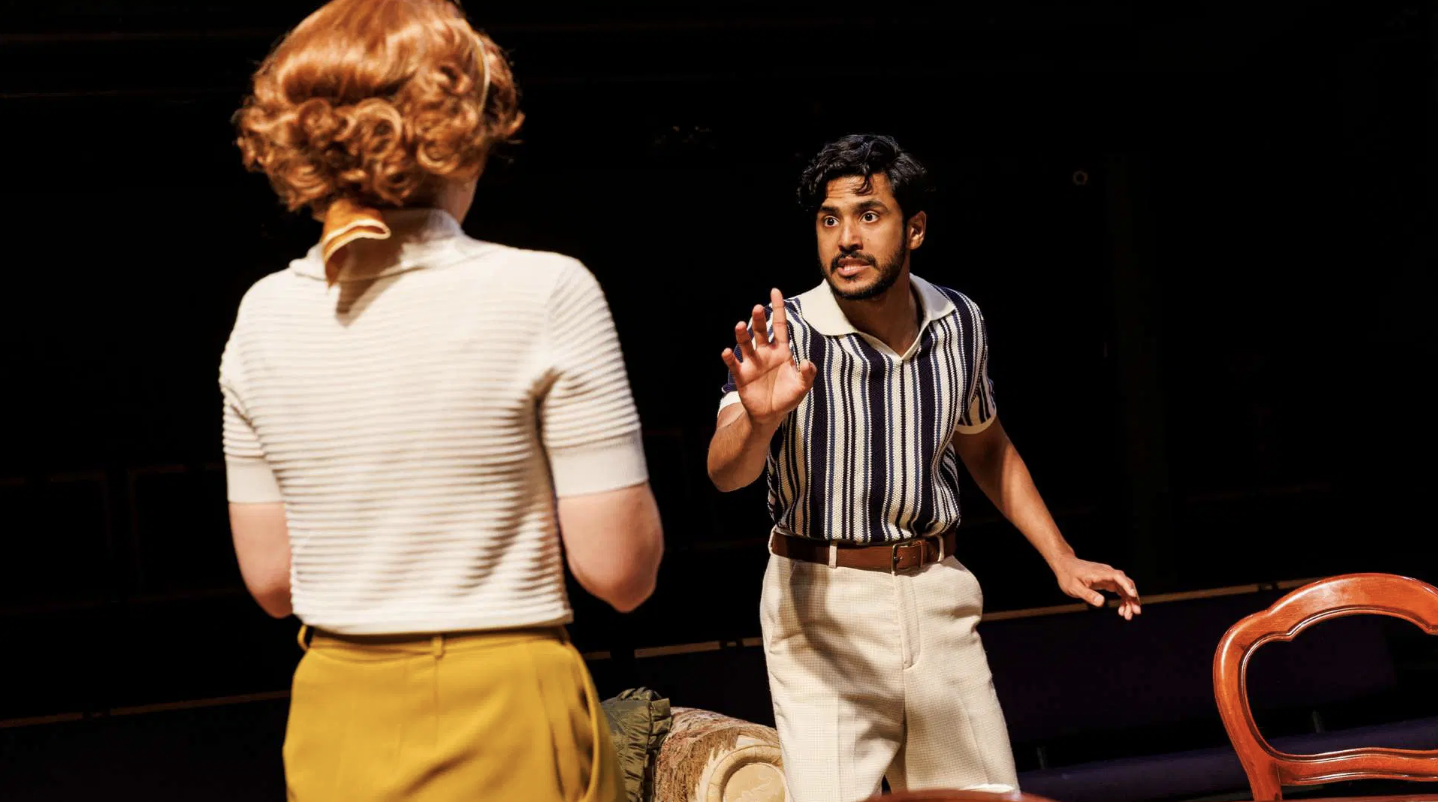Wham!: A Story of Youth, Pop, the Zeitgeist and Elegant Divorce
I recently enjoyed a documentary about the British band Wham! (‘Wham!’ 2023, directed by Chris Smith)
Between 1982 and 1986 Wham! embodied the exuberance of youth, the hedonism of dance, the effervescence of pop. They brought fun, style and aspiration to a country worn down by unemployment and social unrest. And in so doing they captured the sprit of the age: the desire to get away, the yearning to escape.
‘The songwriting was dictated by our circumstances, the environment around us. We were fusing rap with disco and then we added pop.’
Ridgeley
George Michael and Andrew Ridgeley met at Bushey Meads School, near Watford on the outskirts of London. Michael was shy, awkward and insecure about his weight. Ridgeley was confident, outgoing and disruptive. They bonded immediately, wrote comedy skits and songs together, went clubbing, and, at the age of 16, performed in a ska band that fizzled out after a year.
Unperturbed, Michael and Ridgeley recorded a £20 demo tape on a 4-track portastudio in Ridgeley’s front room, using a microphone strapped to a broom. Calling themselves Wham!, they took the tape - which had just 3 songs on it, only one of them complete - to the offices of music companies in London. All to no avail.
Nonetheless they persevered, eventually tracking down a record executive that lived nearby, and in 1982 they signed a deal at a local café. The duo’s first single ‘Wham Rap!’ was lauded in the music press for its fusion of disco pop with lyrics that recognised the plight of the jobless in Thatcher’s Britain.
'Hey everybody take a look at me,
I've got street credibility.
I may not have a job,
But I have a good time,
With the boys that I meet down on the line.
Wham! Bam!
I am a man.
Job or no job, you can't tell me that I'm not.
Do you enjoy what you do?
If not, just stop.
Don't stay there and rot!’
‘Wham Rap!' (Enjoy What You Do) (G Michael, A Ridgeley)
However ‘Wham Rap’ failed to chart and so piled added pressure on the band’s second single. Initially ‘Young Guns’, released later the same year, also struggled. But by a stroke of luck, Wham! was given a slot on hugely influential TV show Top of the Pops after another act unexpectedly pulled out.
Now supplemented by backing vocalists Dee C Lee and Andrew’s girlfriend Shirlie Holliman, Wham! made quite an impression. With a jaunty tune, engaging lyrics and a synchronised dance routine that involved high claps, purposeful pointing and arms sweeping the floor, they captured the hearts of young viewers.
‘There was a certain energy to the naffness… We went and did it in my mum’s back room. No choreographer is gonna come up with that sh*t.’
Michael
‘Young Guns’ rose to number 3 in the charts and at last Wham! was up and running.
Interviewer: What style of music do you think’s going to be big in the summer of ’83?
Ridgeley: Ours.
Wham!’s songs evolved from the socially conscious concerns of the early releases to embrace more hedonistic, carefree themes. They seemed to distil the attitude of a generation fatigued by industrial strife, recession and deprivation.
‘I think what’s happening in England is that there’s a large escapist element creeping back into music now. Three or four years ago with the punk thing people were shouting. Now they’re not ashamed of being young, unemployed. They’d rather just go to a disco or a club and forget about it.’
Michael
George Michael and Andrew Ridgeley in 1984. Photograph: Dpa Picture Alliance/Alamy
Pop had come to be regarded as trivial and ephemeral. Critics preferred angry rock, intelligent indie or cool jazz. But Wham! was proud to be a pop band, articulating broadly appealing romantic sentiments of optimism and escape.
‘Pop became a very dirty word in England for a good four or five years. We believe strongly in pop music as very valid. And I think people lost sight of that.’
Michael
There followed a succession of chart hits. Songs like ‘Club Tropicana’, ‘Wake Me Up Before You Go-Go’ and ‘I’m Your Man’ expressed youthful vitality, desire and a lust for life. Numbers like ‘Careless Whisper,’ ‘Everything She Wants’ and ‘Last Christmas’ conveyed a tender sense of longing and loss.
'Somebody told me
‘Boy, everything she wants is everything she sees.’
I guess I must have loved you,
Because I said you were the perfect girl for me.
And now we're six months older
And everything you want, and everything you see
Is out of reach, not good enough.
I don't know what the hell you want from me.’
'Everything She Wants’ (G Michael)
With Helen 'Pepsi' DeMacque replacing Dee C Lee, Wham! embarked on a series of jubilant UK and international tours. Here they are in leather jackets and jeans; in short shorts, singlets and white socks. Here’s Ridgeley in red sportswear, Michael in canary yellow. And here they're wearing their Choose Life tees; tartan jacket with bootlace tie; RayBans and big smiles. Fantastic!
With success the tours got larger, the hair bigger and the jacket shoulders broader.
Michael finally received the affirmation and acknowledgement that he deserved and needed. Winning the prestigious Ivor Novello award for songwriting in 1985 brought him to tears. At the ceremony Elton John testified to his talent.
‘Probably for me one of the best songwriters I’ve heard out of Britain for a long time. I mean people tend to put Wham! down as a teenie bopper band that won’t last. And the people that put them down are the bands that won’t last. I’m experienced enough to know that… I compare him to Barry Gibb, Paul McCartney, John Lennon, people like that. …The man’s a great songwriter.’
Wham! was the first Western pop group to tour China. It became one of the few British acts to make it in the United States. And it sold more than 30 million records worldwide. The duo played their farewell concert at Wembley in June 1986.
‘Wham! was never going to be middle-aged. Or be anything other than that essential and pure representation of us as youths.’
Ridgeley
There are lessons to be learned here. About the imperative of persistence at the beginning of one’s career; about the value of youthful inspiration and the power of pop; about staying attuned to the zeitgeist.
Wham! Club Tropicana tour in 1983
Wham! also provide a case study in elegant divorce.
Soon into the enterprise Ridgeley recognised that Michael had a superior songwriting gift. And so he ceded creative control to him, initially as writer, and subsequently as producer.
‘The goals we set ourselves could only be attained really with the quality of songwriting that he was able to produce.’
Ridgeley
Ridgeley also saw that Michael felt constrained by the expectations of a youth-targeted chart pop act - particularly as the singer had privately confided to him that he was gay. They both agreed that Michael should forge a career on his own.
‘I think it’s what he should be doing. It allows his own artistic creativity to expand. Which you’ve got to do, I think.’
Ridgeley
Ridgeley, rather admirably, was happy to accept a backseat role, and then an exit.
Interviewer (Terry Wogan): What are you going to do when it stops?
Ridgeley: What am I going to do? Hopefully I’ll retire with grace. Or do something with grace.
George went on to a massively successful solo career, addressing more adult audiences with more sophisticated concerns, and selling over 120 million records. Ridgeley retired, with grace, to Cornwall to surf.
This re-telling of the Wham! story had a particular resonance for me.
I grew up in a pebble-dashed, semi-detached house in Romford, a town on the edge of London not unlike Bushey. When I went to university in 1983, I was naturally drawn to students with similar suburban upbringings. My friends came from Croydon, Orpington and Wembley; Bournemouth, Bedford and, erm, Monmouth.
The Second Years wore greatcoats and earnest expressions. They listened with furrowed brows to Joy Division, Throbbing Gristle and Cabaret Voltaire. We on the other hand sported white socks and cut-down loafers, pastel-coloured shirts and tank tops. We sang along to the jukebox, choreographed our own amateurish moves and danced the night away to soul, pop and disco. Everything was joyous, exuberant, carefree.
Dubbed the Wham! Boys and Girls, we were often mocked for our levity and triviality.
We didn’t care. Perhaps we too were in tune with the zeitgeist.
Wham! © Getty
'Every day it seems my smile's a little harder,
And every day I seem to laugh a little less.
Living this way it seems my sky's a little darker,
You went away and left me lonely in success.
Can't you see I'm falling apart?
Can't you see what's happening to me?’
‘Blue’ (G Michael)
No. 430
